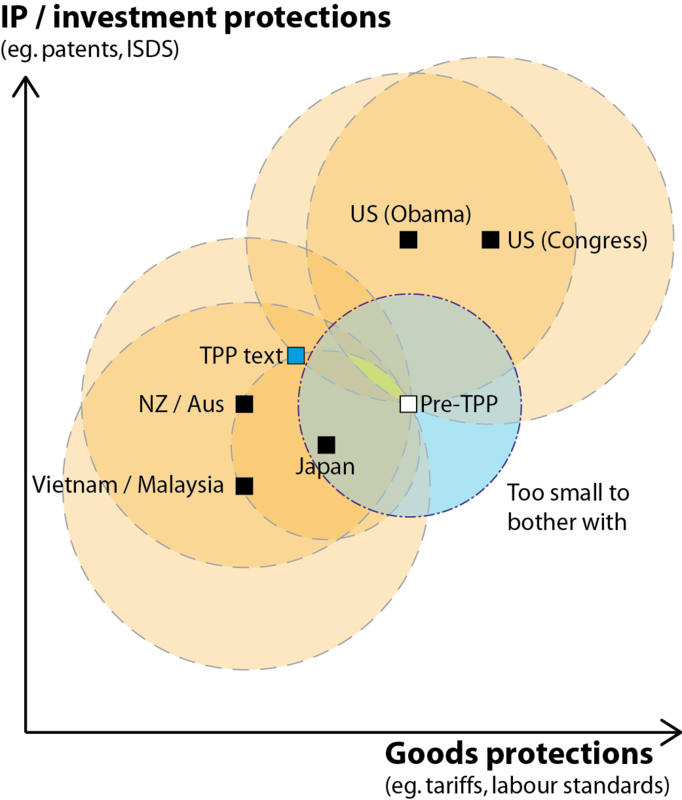The Education Minister, Hekia Parata has form on having stupid ideas in public. Up to now, the most famous one was her idea that the public would love larger class sizes in schools. Turns out they didn’t, because they prefer their kid to, you know, get more attention from the teacher rather than less. That waynebrave got yanked in less than a month.
Well, she’s outdone herself this week. Hekia’s new idea of massively expanding online-only primary schooling just reeks of small-minded, bureaucratic penny-pinching, right down to the naff name for the new sCOOLs. She might as well have said: "I call app Kiwis."
Yes, it’s true that some people get their basic, compulsory education online already. They do. And some of them do just fine out of it. That’s true, too.
But the only reason they’re doing online education, sometimes with phone and visit support from the folk at the Correspondence School, is because they physically can’t get to a local in-person school. If you grow up on a remote sheep station, their school might be an hour away, each direction. That’s obviously not practical, which is where the Correspondence School comes in.
Online schooling is a product of necessity, not choice.
And there’s a very good reason for that – in an in-person school, students learn at least as much from other students as they do from the teachers. Both inside the classroom and in the playground, kids at a traditional school learn about meeting new people, friendship, sharing, scheming, new skills, winning, losing, and so much more besides.
Is the Minister really saying there’s an app or online module that substitutes for those experiences, or that can properly teach all those social skills?
Of course there isn’t.
Proponents of oddball ideas like this often appeal to choice – if the parents want this for their kids, who is anyone else to say otherwise?
But the puritan mantra of choice uber alles has never applied to schooling, just as it doesn’t apply to sending a kid down the mines or all other crazy things some parents might want for their offspring.
Every advanced economy makes schooling compulsory because they agree kids should learn stuff, regardless of their parents’ wishes.
At those schools, we make certain subjects compulsory because as a community we agree kids should be able to do maths and to write, no matter the abilities of desires of their parents.
And, for the same reason, I’d say the community agrees that kids should learn social skills as well as academic skills in their schooling, even if their parents would rather they didn’t. Yes, there are very narrow exceptions. But social skills matter for kids.
I predict this latest Hekia Parata waynebrave will be never come to pass. And that’s a good thing.




